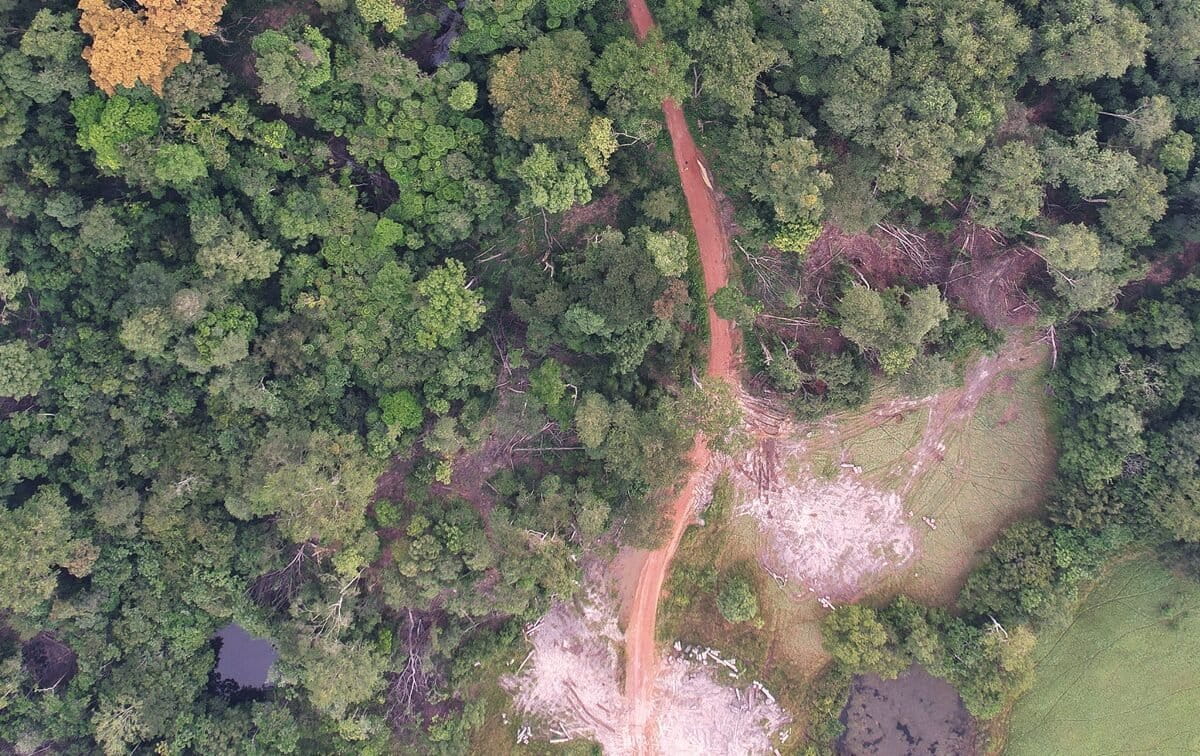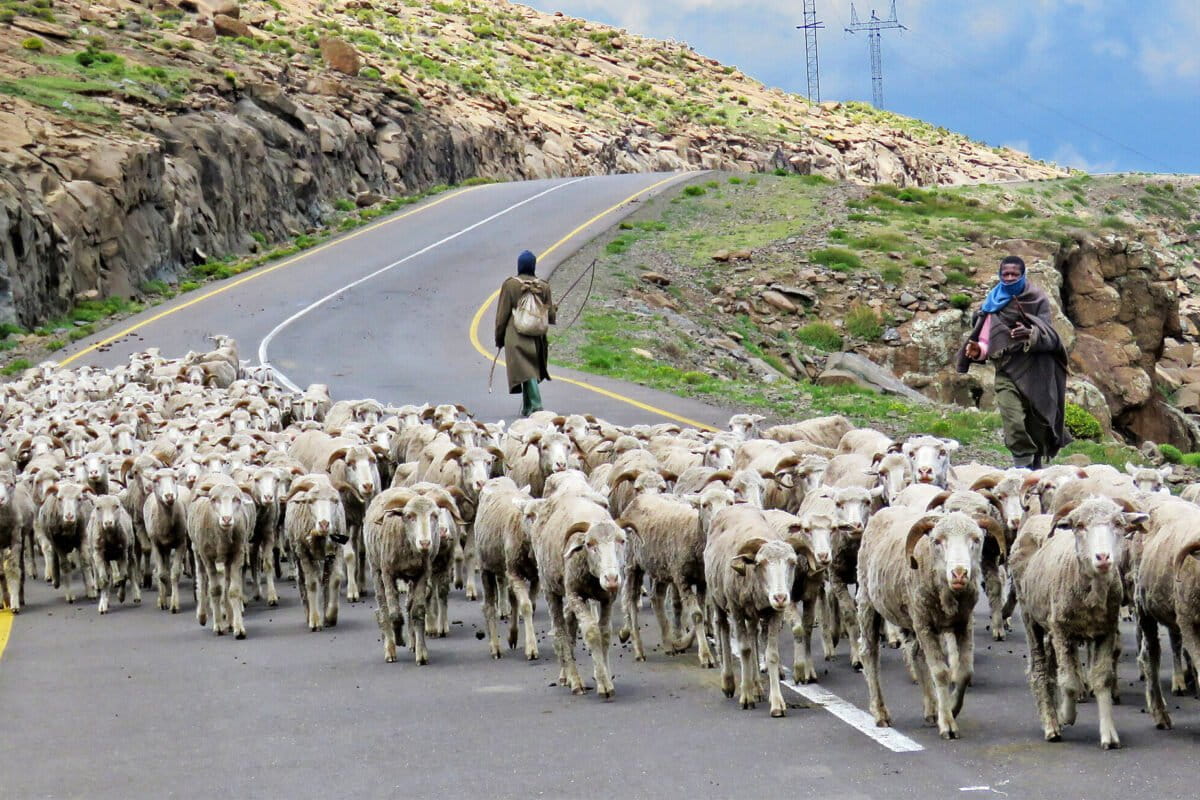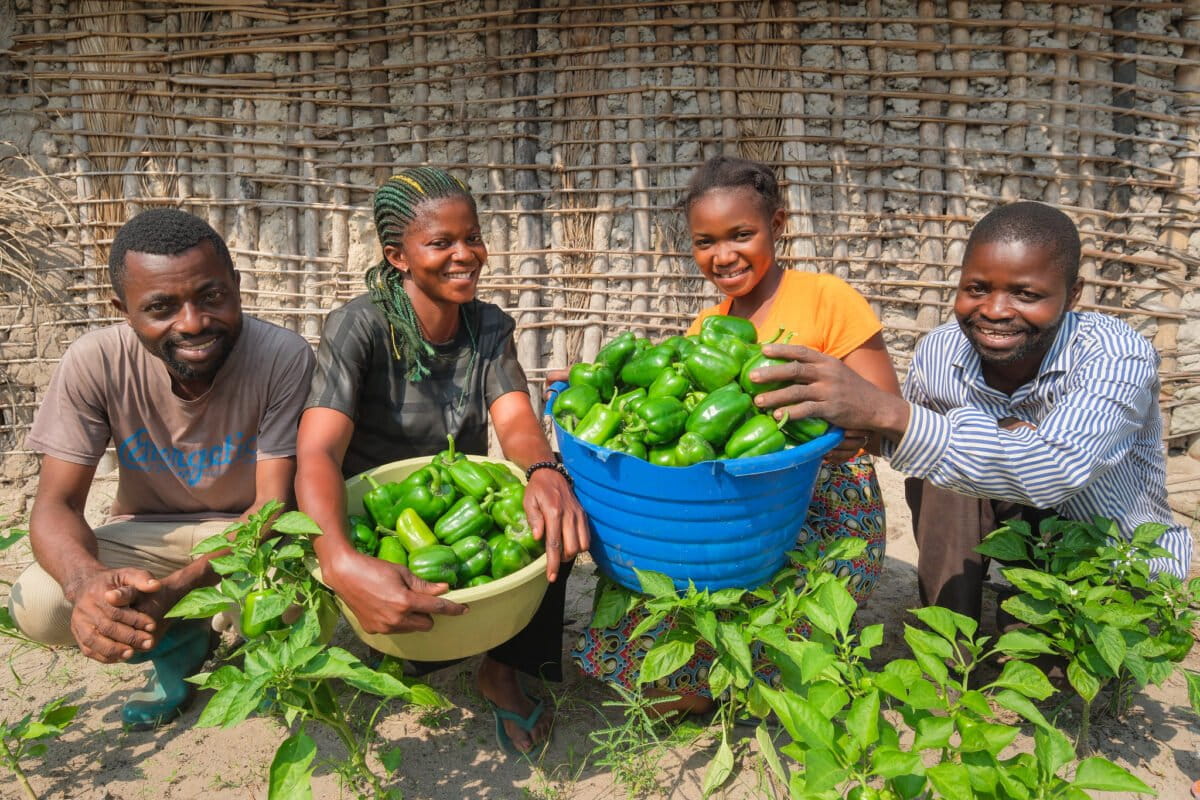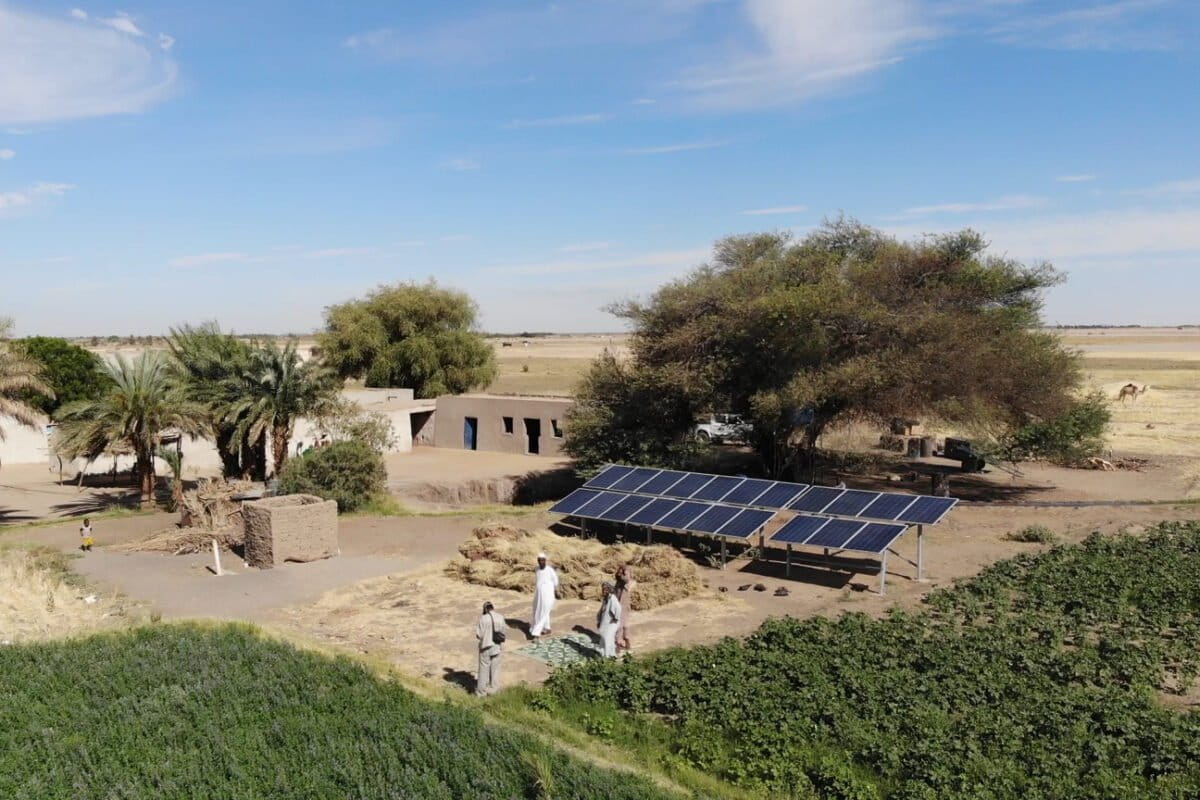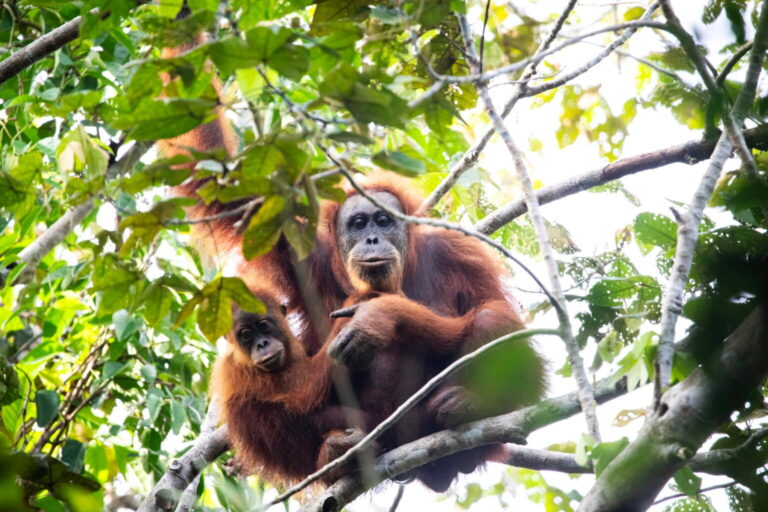The IUCN Red List has long been the globally recognized gauge for assessing how close to extinction a given species is. An improvement in the species’ conservation status from a higher to a lower threat category, known as downlisting, can signal conservation success. But a recent study says this must be done cautiously to avoid prematurely cutting off needed conservation efforts and funding.
It cites the case of the woylie (Bettongia penicillata), a small Australian marsupial, which was downlisted from endangered to lower risk in 1996. Soon after, its population fell by 90%, prompting a reclassification to critically endangered in 2008, suggesting conservation efforts had ended too soon. After conservationists intervened again, its status improved in 2024 to near threatened.
The study trawled through the 163,040 assessed species on the IUCN Red List for cases of downlisting. It found that about 1,500 species saw their conservation status change between 2007 and 2024: about 85% had been uplisted (they’d moved closer to the extinction end of the scale), while 222 species (15%) were downlisted.
One positive trend, the researchers observed, is that more critically endangered species were downlisted to endangered, than being uplisted to extinct. This highlights the effectiveness of the red list in helping drive conservation, they write.
To understand the effects that downlisting can have, especially for species that attract public interest and funding, the researchers looked at controversies around four well-known species: saiga antelope (Saiga tatarica), giant panda (Ailuropoda melanoleuca), red-crowned crane (Grus japonensis) and black-faced spoonbill (Platalea minor).
The red-crowned crane was downlisted from endangered to vulnerable in 2021. This was largely due to the bird’s population decline slowing down globally, driven by growth in Japan. But the authors write that some experts argue the crane’s Chinese population has declined by more than 90% in recent decades and still faces threats, while the Japanese population is heavily reliant on supplemental feeding.
The black-faced spoonbill was downlisted from critically endangered to endangered in 2000, and is proposed for further downlisting to least concern, the authors write. While the bird’s population has increased, some critics argue it’s become increasingly confined to limited habitats. That increases the species’ vulnerability to threats such as climate change, infrastructure development, and diseases like avian influenza.
The authors present several potential risks to downlisting species, including weakening legal protections and lowering conservation priorities; reduced conservation funding efforts and donor priorities; and the possible loss of public and political support critical for ongoing conservation.
The authors note that it’s possible to downlist a species without compromising recovery. They suggest structuring conservation funding for long-term sustainability rather than short-term population gains, by prioritizing “habitat restoration, ecosystem resilience, and self-sustaining populations.” They add the downlisting process also needs early, transparent communication with local experts, so conservationists and policymakers can anticipate changes and allocate resources accordingly.
Banner image: A pair of red-crowned cranes. Image by Francesco Veronesi via Flickr (CC BY-NC-SA 2.0)



